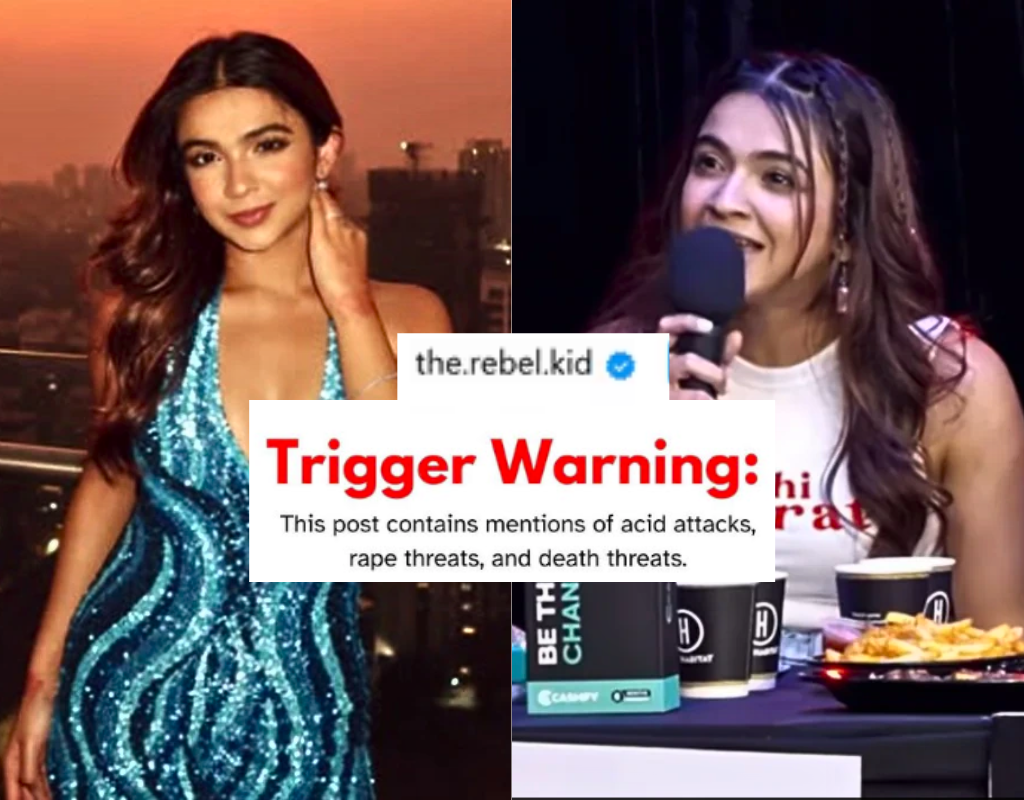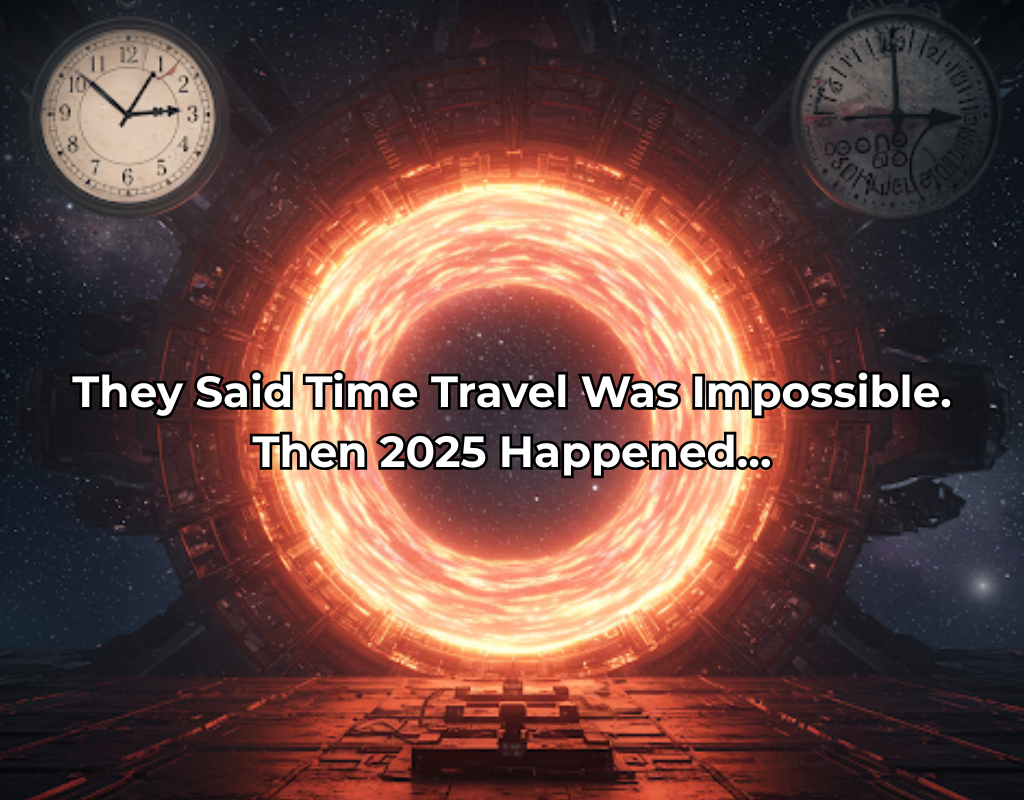Now Reading: Apoorva Mukhija’s Ordeal: 5+ Essential Strategies for Building Unbreakable Online Resilience
-
01
Apoorva Mukhija’s Ordeal: 5+ Essential Strategies for Building Unbreakable Online Resilience
Apoorva Mukhija’s Ordeal: 5+ Essential Strategies for Building Unbreakable Online Resilience

In today’s hyper-connected world, the line between public persona and private life for social media influencers has blurred. While platforms offer unprecedented opportunities for connection and community, they also present a dark underbelly: a breeding ground for harassment and abuse.
The recent ordeal of Apoorva Mukhija, widely known as The Rebel Kid, serves as a stark reminder of this digital tightrope walk.

Apoorva Mukhija’s courageous return to Instagram after a period of intense online attacks isn’t just a personal victory; it’s a critical case study demanding a deeper look at how we can cultivate resilience and build genuinely safer online environments.
Apoorva’s experience, following her appearance on “India’s Got Latent,” spotlights the brutal reality many public figures face. She became the target of a vicious online campaign, enduring overwhelming and disturbing threats.

While we won’t detail the specifics of these harmful messages that Apoorva received, their very existence underscores a pervasive problem: the ease with which online discourse can devolve into targeted harassment.
This incident isn’t isolated; it’s a symptom of broader systemic issues within our digital ecosystems that require our urgent attention. Understanding the mechanisms behind such abuse, its profound impact, and the collective responsibility of platforms and users is crucial to forging a path forward.

The Anatomy of Online Harassment: A Deeper Look
Online harassment isn’t a singular act; it’s a spectrum of harmful behaviors that can manifest in various insidious ways. Beyond direct insults, it includes doxing (publishing private information), hate speech, impersonation, cyberstalking, and coordinated harassment campaigns designed to silence or intimidate individuals.
What makes it particularly potent in the digital realm is the amplified reach and the perceived anonymity that emboldens aggressors.
The psychological impact of sustained online abuse can be devastating. Victims often report severe anxiety, depression, post-traumatic stress disorder (PTSD), and a profound sense of isolation.
Their personal lives can be severely disrupted, impacting relationships, careers, and overall well-being.
The constant barrage of negativity erodes self-esteem and can lead to a withdrawal from public life, as seen with Apoorva’s initial hiatus. Experts in digital mental health emphasize that while online abuse doesn’t leave physical scars, its emotional wounds can be deep and long-lasting, sometimes requiring professional intervention to heal.
Several factors contribute to how rapidly and severely online attacks can escalate. The perception of anonymity empowers individuals to say things they would never utter in person.
Echo chambers on social media can amplify extremist views, creating a hostile environment where a “mob mentality” easily takes hold.
A lack of immediate, tangible consequences for perpetrators further fuels this aggression.
In the context of the “India’s Got Latent” controversy, while the show itself became a flashpoint due to alleged objectionable comments, the resulting backlash against Apoorva spiraled into a disproportionate and targeted online assault, highlighting how quickly public discourse can become toxic and personal.
The Role of Social Media Platforms: Responsibility and Shortcomings
Social media platforms are the arenas where this drama unfolds, and as such, they bear significant responsibility for the safety of their users.
Most major platforms have community guidelines and reporting mechanisms in place, and they employ vast content moderation teams, often aided by artificial intelligence, to identify and remove harmful content. They’ve invested billions in these efforts, demonstrating an acknowledgment of their role.
However, despite these efforts, significant challenges and gaps persist. The sheer scale of user-generated content — millions of posts, comments, and messages every minute — makes comprehensive moderation an almost insurmountable task.
This leads to inconsistencies in enforcement, where similar violations might be treated differently, or reports might go unaddressed for too long.
While AI plays a crucial role, it struggles with nuance, context, and the ever-evolving slang and coded language used in online abuse. This necessitates human review, which is both resource-intensive and emotionally taxing for moderators.
Moreover, platforms are often criticized for their reactive approach rather than proactive prevention. They tend to respond to reported content rather than pre-emptively identifying and mitigating potential harassment campaigns before they gain momentum.
The legal and ethical landscape surrounding platform responsibility is also constantly evolving.
Governments worldwide are debating and implementing new regulations, pushing for greater accountability from tech giants to protect users from online harm, recognizing that the current measures are often insufficient.
Building Resilience: Strategies for Influencers and Users
Apoorva Mukhija’s decision to return and expose the threats she faced is a powerful act of resilience. Her story offers valuable lessons for how influencers, and indeed all users, can navigate the treacherous waters of online scrutiny.
For Influencers and Public Figures:
- Setting Boundaries and Digital Detoxes: It’s vital to create clear boundaries between public and private life. Regular breaks from social media can help maintain mental well-being and perspective.
- Building a Strong Support System: Having trusted friends, family, or professional networks can provide crucial emotional support during times of crisis.
- Strategic Engagement and Speaking Out: While reclaiming one’s narrative, like Apoorva did, can be empowering, it requires careful consideration. Influencers should strategically decide what, when, and how to share, and be prepared for potential pushback. Sometimes, the most powerful response is silence, and other times, it’s a bold confrontation.
- Understanding Legal Recourse: Knowing when and how to involve law enforcement or legal counsel is critical. Documenting abuse (screenshots, timestamps) is essential for any potential legal action.
- Cultivating a Positive Community: Engaging with and nurturing a supportive fanbase can create a buffer against negativity and provide a source of encouragement.
For General Users and the Broader Audience:
- Fostering Media Literacy: We must teach ourselves and others how to critically evaluate online content, identify misinformation, and recognize the early signs of harassment.
- Promoting Responsible Engagement: Before commenting or sharing, pause and consider the impact. Avoid contributing to “pile-ons” or amplifying hateful messages, even if your intent is to condemn.
- Utilizing Reporting Mechanisms: Properly reporting abusive content to platforms is crucial. The more valid reports a piece of content receives, the more likely it is to be reviewed and removed.
- Practicing Empathy and Offering Support: When you see someone being harassed, offer support if you can, and avoid victim-blaming. A simple message of solidarity can make a huge difference.
- Parental Guidance and Education: Educating younger generations about digital citizenship, online etiquette, and the real-world consequences of cyberbullying is paramount. Open conversations at home can equip children with the tools to navigate online spaces safely and responsibly.
Towards a Safer Digital Ecosystem: The Path Forward
The quest for a safer digital ecosystem is an ongoing journey that demands collaboration from all stakeholders. Technological innovations will undoubtedly play a greater role, with advancements in AI offering the promise of more sophisticated content moderation, proactive identification of harmful patterns, and even sentiment analysis to flag potential threats before they escalate.
However, technology alone isn’t the silver bullet. Policy reforms are essential, ranging from clearer legal frameworks for online accountability to standardized reporting protocols across platforms.
Governments, civil society organizations, and industry leaders must work together to establish best practices and enforce regulations that prioritize user safety.
Ultimately, achieving a genuinely safer online space requires a fundamental shift in online culture. It means fostering a digital environment built on respect, empathy, and accountability.
It means challenging the anonymity that shields aggressors and recognizing that words online have real-world consequences.
Apoorva Mukhija’s resilience reminds us that while the digital world can be harsh, the human spirit’s capacity for strength and defiance is even greater.
By understanding the challenges and actively working towards solutions, we can collectively transform the internet into a more inclusive and supportive space where diverse voices can thrive without fear of abuse.
What steps do you believe are most critical for social media platforms to take to better protect their users from harassment?





















